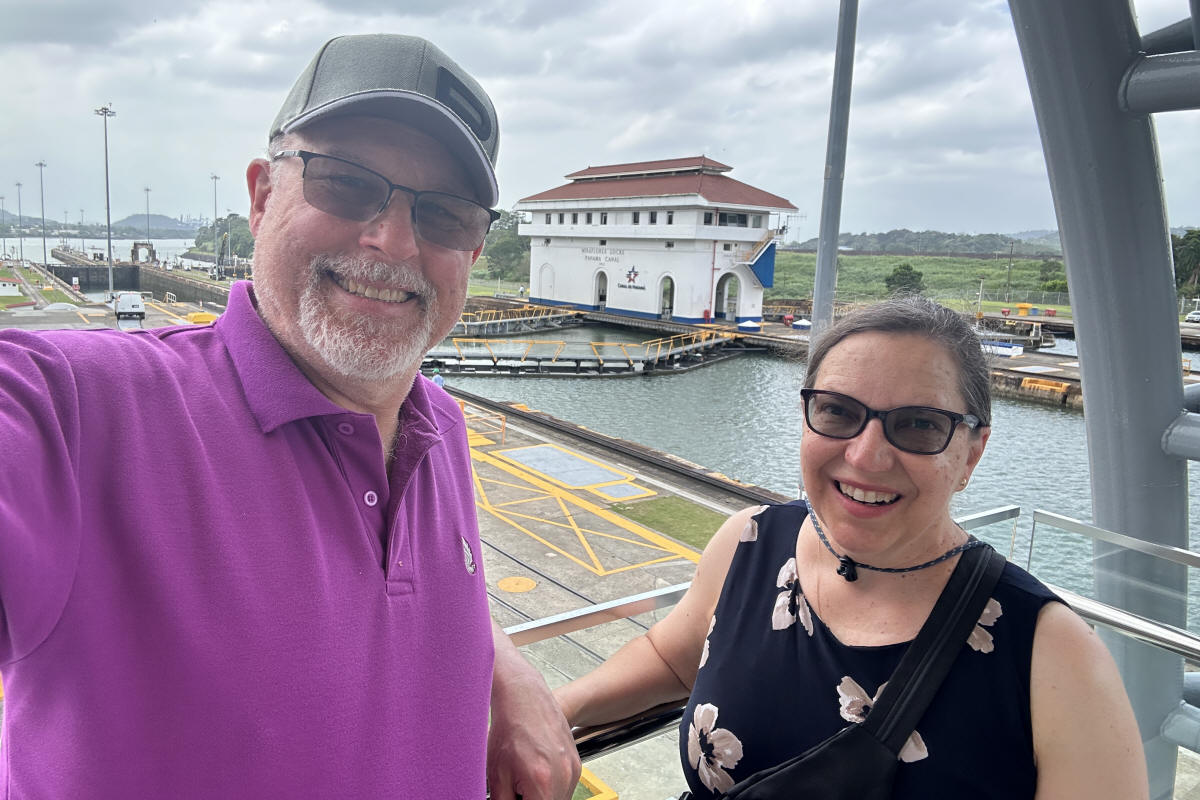
Panama was an add because of the Panama Canal, which was on Alison’s bucket list, and because we where flying COPA airlines, the Panamanian national airline, and they make it easy to schedule a stopover. We didn’t do too much planning ahead; a tour of the canal and “monkey island” and a half day tour in the Soberania national park along “pipeline road,” which hosts something like one unique bird species every 10 feet. Otherwise the idea was to play things by ear, since we were staying in one place the entire time (the Sofitel Legend Casco Viejo) at the very tip of the peninsula, with portions of the building sitting out over the water. The Sofitel was part of the itinerary, since it had a history; originally, the building served as the Club Unión, a social club for Panama's elite, which opened in 1908. The club hosted prominent figures like Queen Elizabeth II, Helen Keller, and Albert Einstein. It was converted to the hotel only a couple of years ago. Pictures below, because they did an awesome job of making the place feel like something out of the 1930s but provided all the amenities and services you'd expect from a modern hotel. Even the bathtub and shower plumbing looked like it had been transported from 100 years in the past. We also had a little balcony with fantastic views of the city and the sunrise.
|
|
|
|
|
|
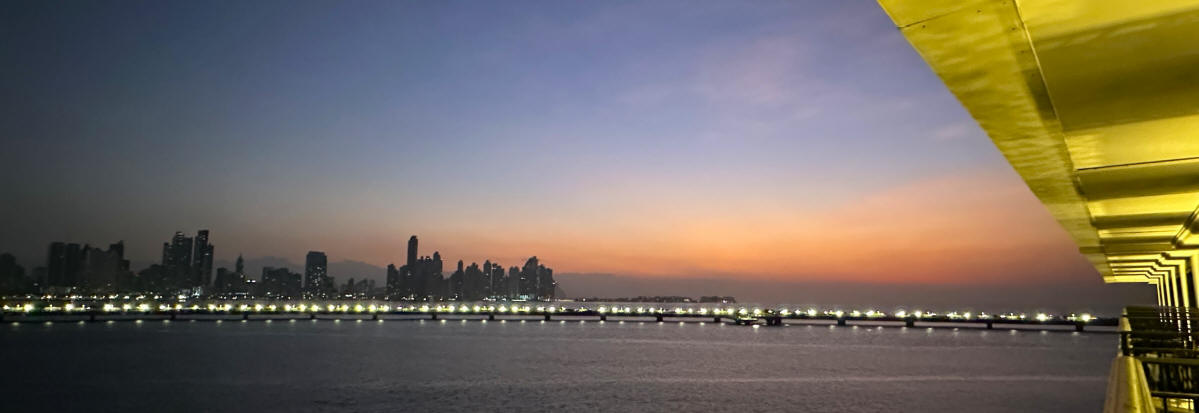
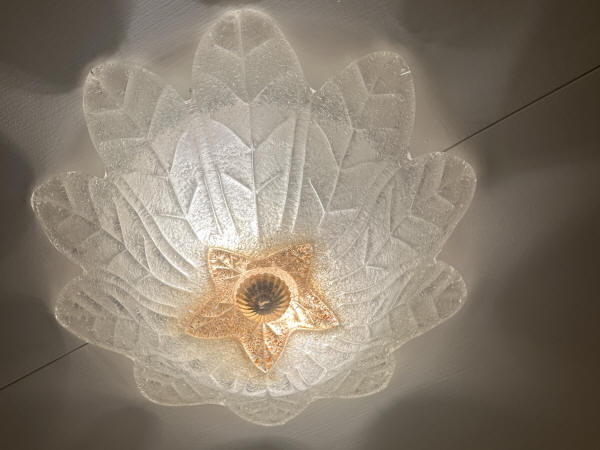 |
We arrived around 11, dumped our luggage in our room, and headed out to explore. Casco Viejo is the Panama City “Old Town” and it was indeed old; cobble stone streets, old Spanish stucco architecture, a couple of Cathedrals and a couple of Cathedral ruins. To be completely accurate, it’s the surviving old town, the original Panama City having been burned to the ground during attacks by the Pirate Henry Morgan, who went on to become a patron saint of Rum. Established in 1673, it was a walled city for a while, until population pressure caused the area outside the city to be larger than the city, so they tore down the walls (queue “Pink Floyd.”) Now surrounded by a much more modern city, it’s a walkable peninsula full of hotels, restaurants, shopping and paramilitary troops with machine guns.
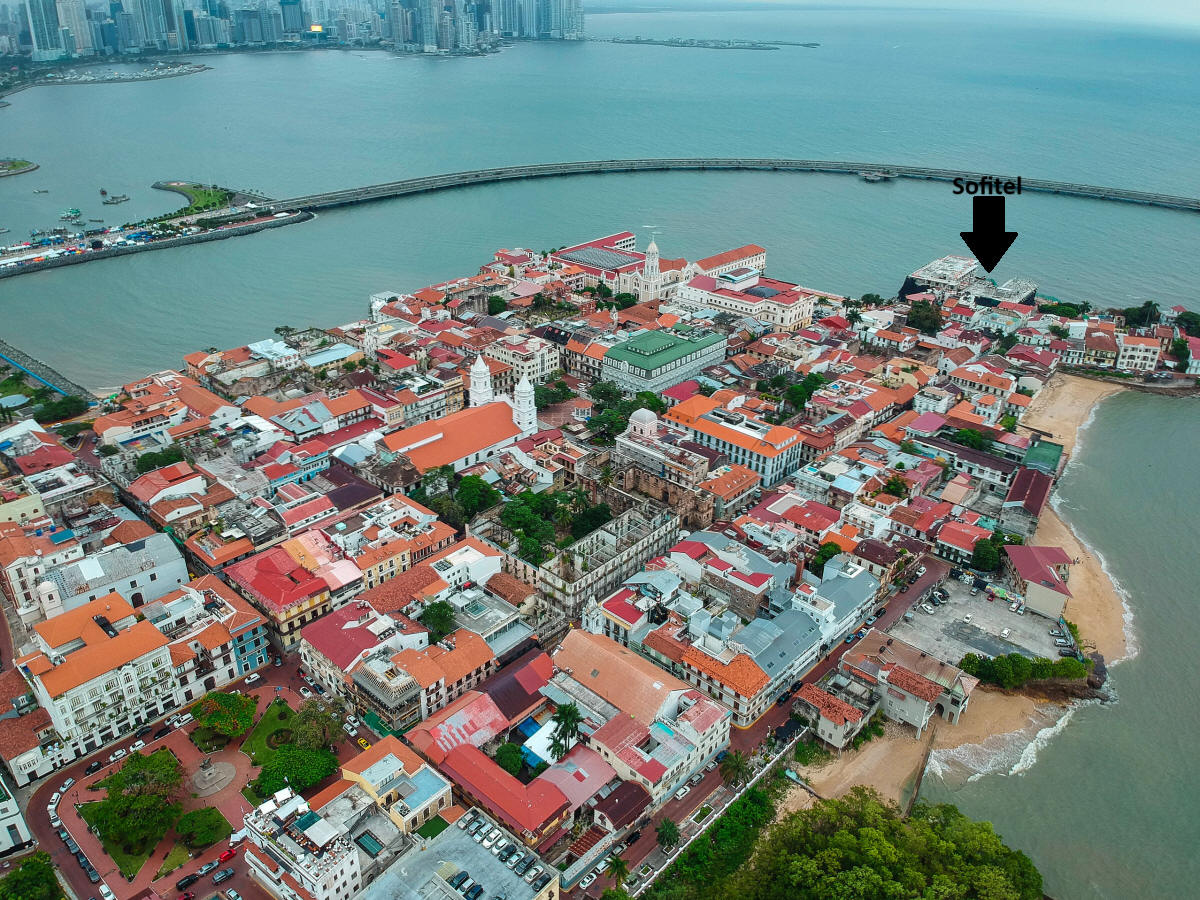
We never did quite figure that out; word was the president was in town, but there were just a lot of troops and police and not a lot of reason for them to be there.
I had a list of things to see but some of them were inaccessible due to check points with the aforementioned machine-gun-toting people in camo outfits. So we started with the Metropolitan Archcathedral Basilica of Santa María la Antigua. Like a lot of the Cathedrals we saw in South American, it had an extended 108 year construction period. The thing that made it stand out from other Cathedrals were the mannequins of recently elevated saints in less than saintly outfits.
Next stop was one of the Cathedral ruins, the Iglesias de la compania de Jesus. With no guide, and little in the way of informative displays, all you could say was that it was a ruined Cathedral. I looked it up and it seems like it was a Jesuit Cathedral, under construction for a hundred years, but before it was finished, they were kicked out of the Americas. Then it burned and more of it fell down in an earthquake.
Next stop, Museo del Canal Interoceánico de Panamá. There are small museums dedicated to the Panama Canal at the locks, but we heard the one in Casca Viejo was better, and indeed, it was impressive. Lots of context, lots of artifacts, and a lot of interesting background on the construction of the canal, the US "Canal Zone" where the US occupied a 10 mile swath of Panama along the canal for 70 years (before Jimmy Carter turned it over to the Panamanians), and what's happened since Panama took it over. Very even handed reporting for both periods. Also interesting that Panama oversaw a major upgrade to the Canal to accommodate more traffic and larger ships, an exercise that was as much of an engineering feat as the original canal (albeit with more modern equipment). And Gatun Lake, the large lake in the middle (that I actually traversed in 1985 on the USS City of Corpus Christi)... turns out that it's man made, which we did not know. All pretty cools stuff.
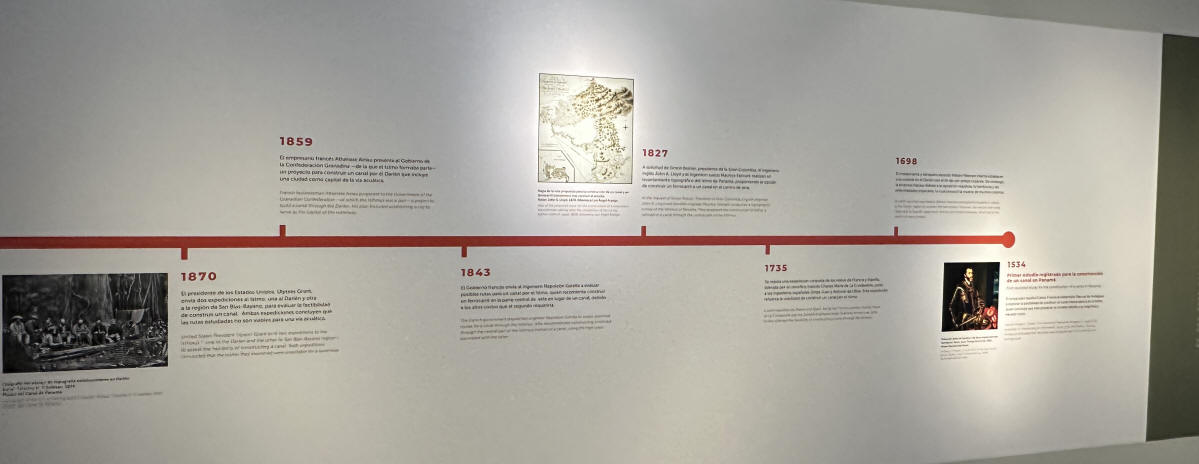
We stopped for drinks and dinner at a steam punk bar we just happened to come across while wandering around the area. Panama is a late-dinner kind of place (a lot of the restaurants don't even open until 7), so we were the only ones in the bar, providing an opportunity for the bartender to do things like make small ice sculptures with a chisel and a torch to fit perfectly into our glasses. It was one of those "tell my your flavor profile and I'll create a custom cocktail for you," and between that and the ice sculpting, it took about 20 minutes to make the drink, but he filled in the time with lots of information about a variety of liquors from central and south America, so it was all fun; we ended up spending almost two hours there.
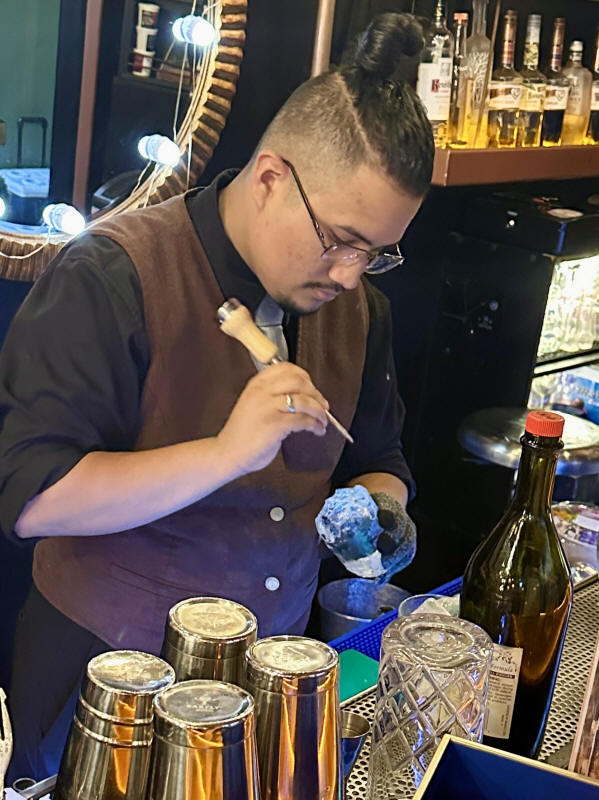 |
|
The next day was our bird watching trip to pipeline road in Soberania National Park; it's a mile long gravel road that has around 500 different species of birds (making it a different species every 10 feet or so). Didn't work out quite like that, as our guide took us to a number of different places, including driving through neighborhoods (although that did provide the iconic shot of turkey vultures in front of a dumpster). Along with a fair number of interesting birds, we saw monkeys, Agouti, and a few other varieties of wildlife. The list include the Black-tailed Trogon (which is almost as cool as the Lilac Breasted Roller), a Toucan, yellow warbler, and a few other varieties.
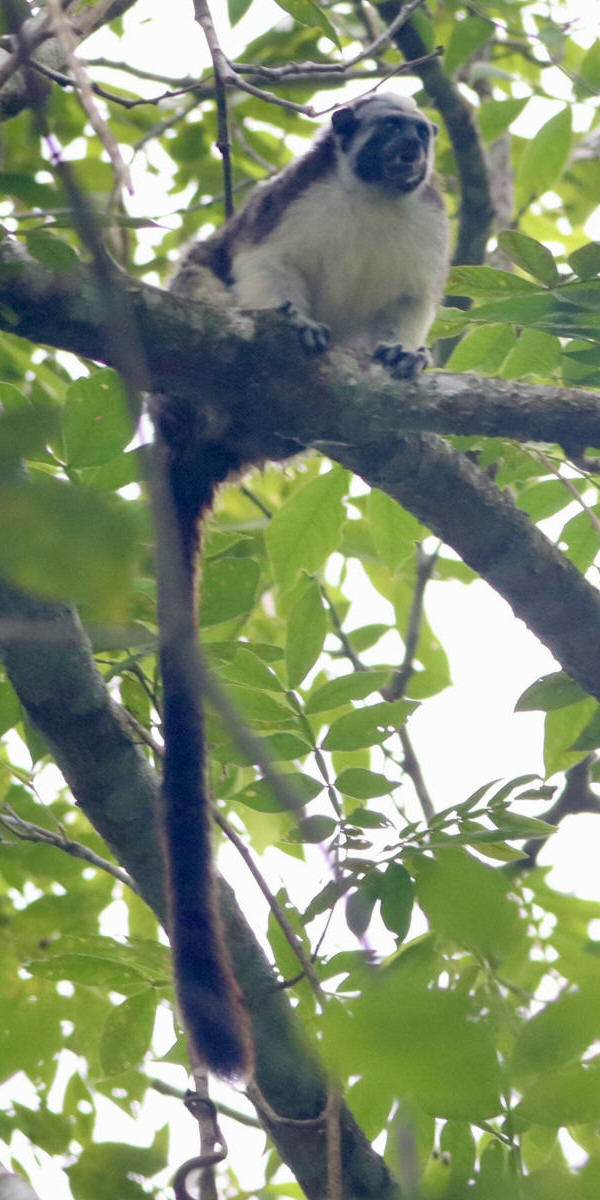 |
|
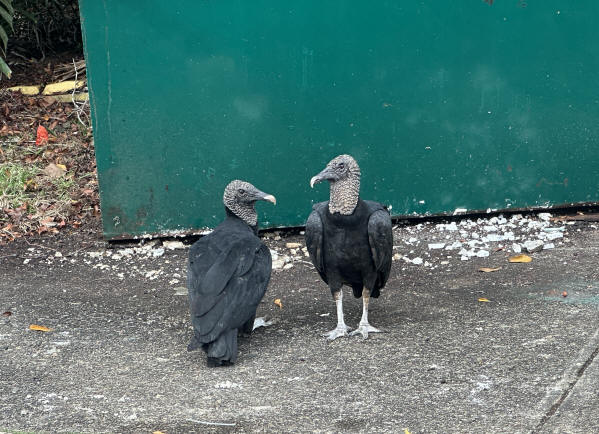 |
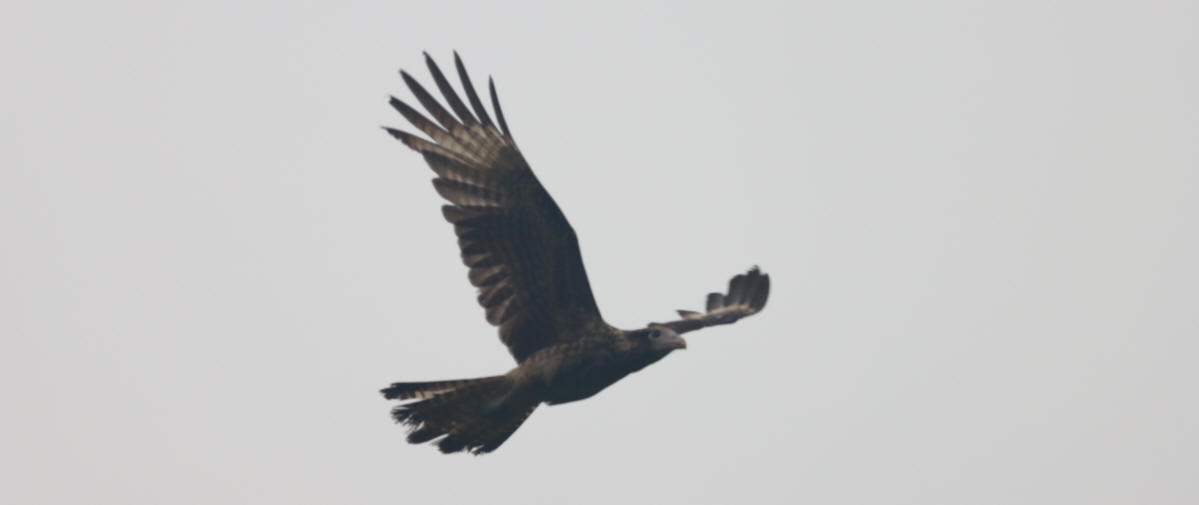
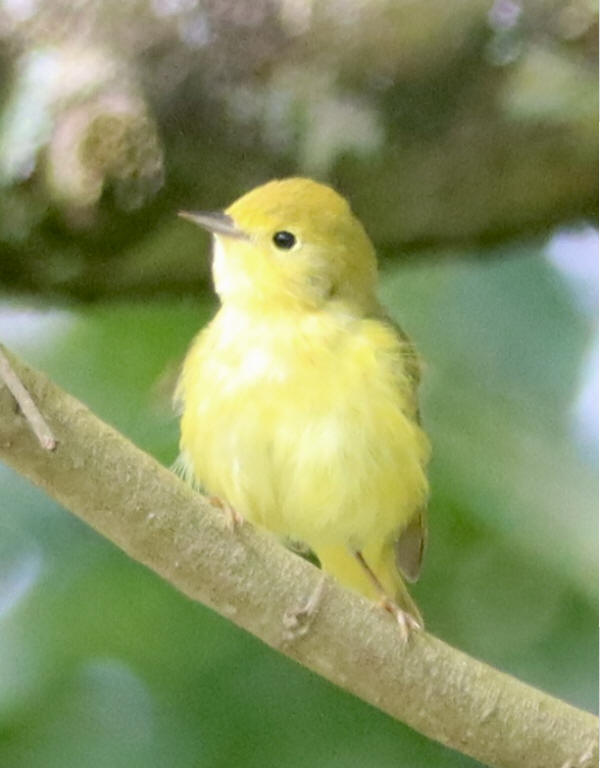 |
|
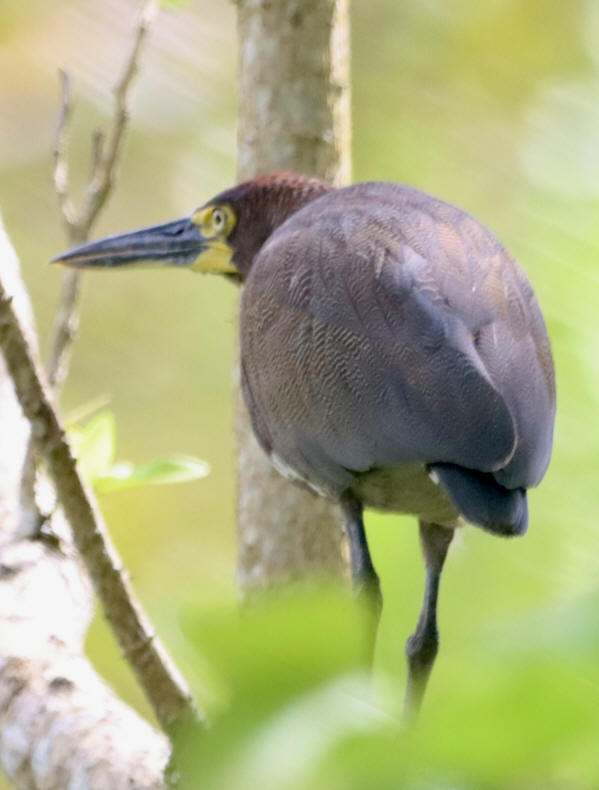 |
We had dinner in the Sofitel restaurant, the Cabela, which was good high end foodie fun including smoke, mirrors, edible flowers, and dry ice.
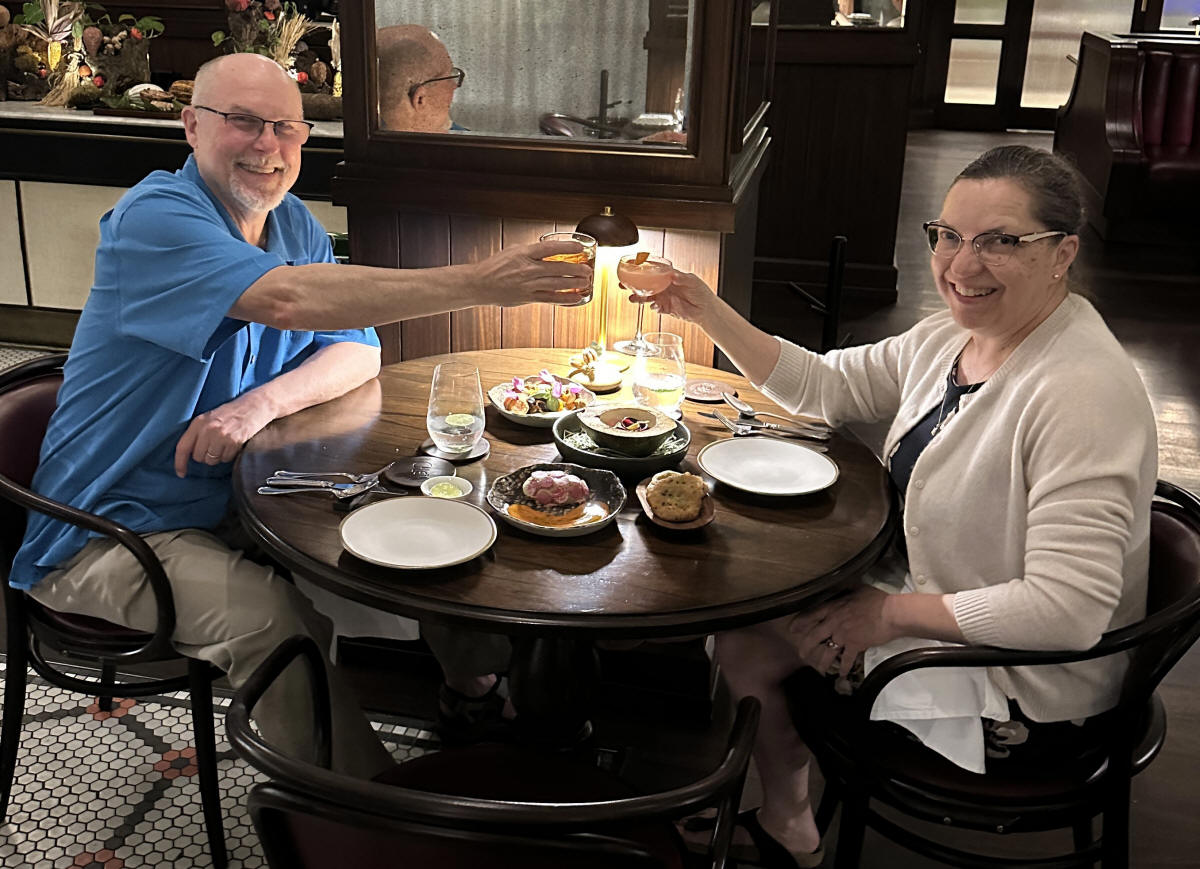
The next day, we took an Uber across the Amador Causeway to the Punta Culebra Nature Center (co-sponsored by the Smithsonian). Mostly to see Sloths (which we did, but they were sleeping). But it was a nice little nature area, well worth seeing.
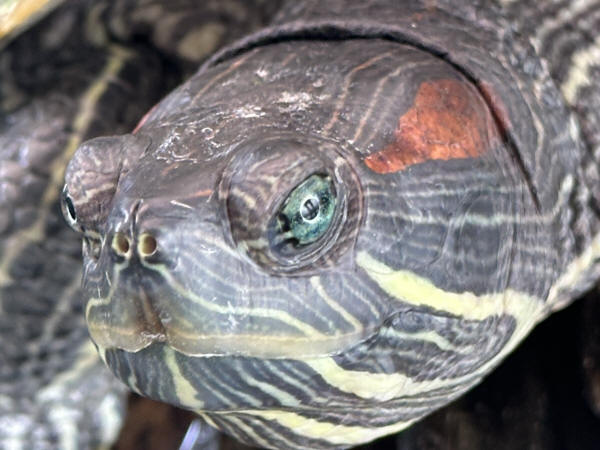 |
|
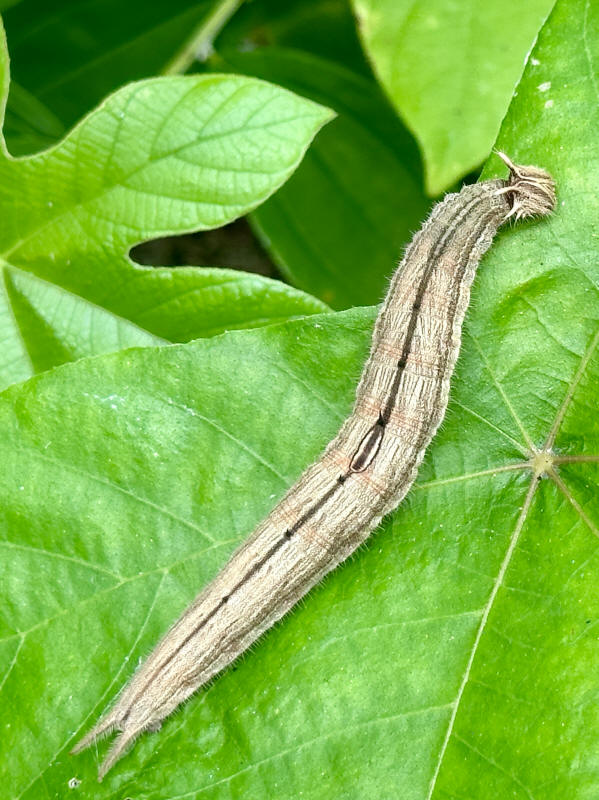 |
The Amador Causeway is about 3KM long, so we decided to hike back across it to the BioMuseo, designed by renowned architect Frank Gehry. The walk was fun, with great views of the city and bay. You could also, on the other side, see the entrance to the Panama Canal and the Bridge of the Americas that crosses it.
The BioMuseo is a museum dedicated to biodiversity (Trump has threatened to bomb it if it doesn't change it's name). Architecturally fun with nice displays and a lot of context around what you are seeing.

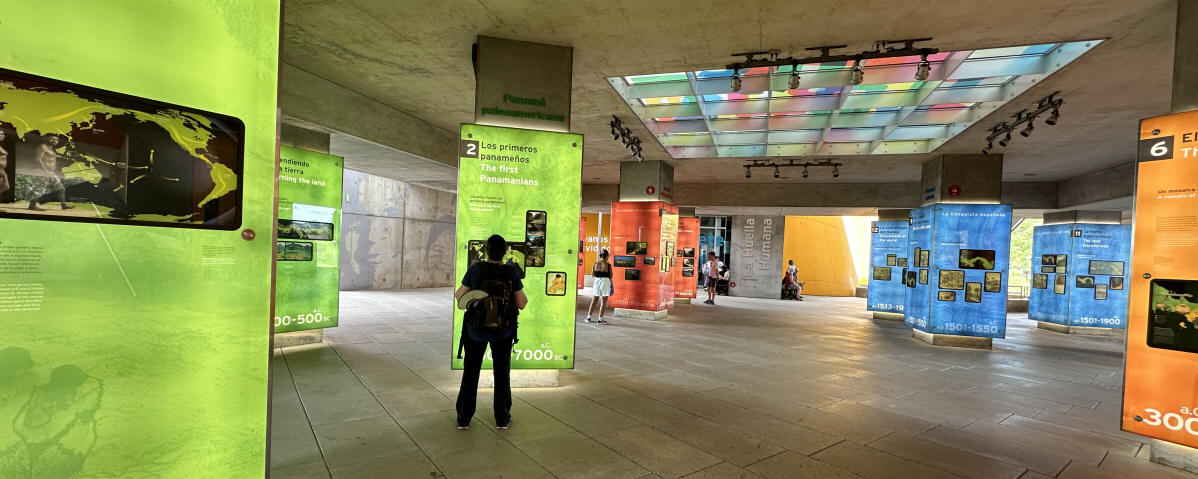
Next morning spent wandering around Casca Viejo, starting with the Franciscan Cathedral, where you can climb the tower for panoramic views of the old city for 5 bucks.
|
|
|
|
|
|
Next stop, the Museo de la Mola, a small, free museum dedicated to the textile art of the Kuna (Guna) Indians. Very well laid out, with a lot of background on these amazing fabrics.
|
|
|
|
|
|
A bit more wandering with a few interesting sights, including the mish-mash neo-colonial architecture in different parts of the city...
|
|
And then we were off to Monkey Island, which as it turned out was really Monkey Islands. There are a bunch of small islands in Gatun Lake (in the center of Panama and part of the Panama Canal), and monkeys (and, in theory, sloths, although we did not see one) have been moved there. It seems like it's more of a tourist attraction than a conservation effort as the Monkeys are dependent on humans feeding them fruit (but there's a lot of that). At the same time, you get to see the large ships sailing by on their way through the canal. It was a fun expedition. We hired a private guide and boat, which turned out to be the way to do it, as you could feed the monkeys yourself, where the larger boats most people were spectators. One fearless little primate came on board and tried to get into Alison's backpack.
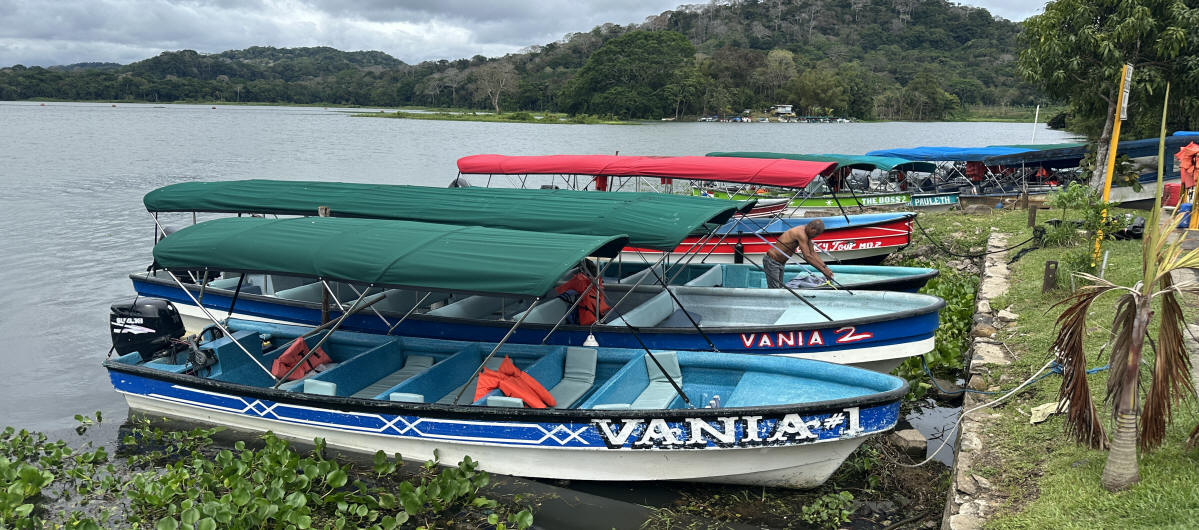
|
|
|
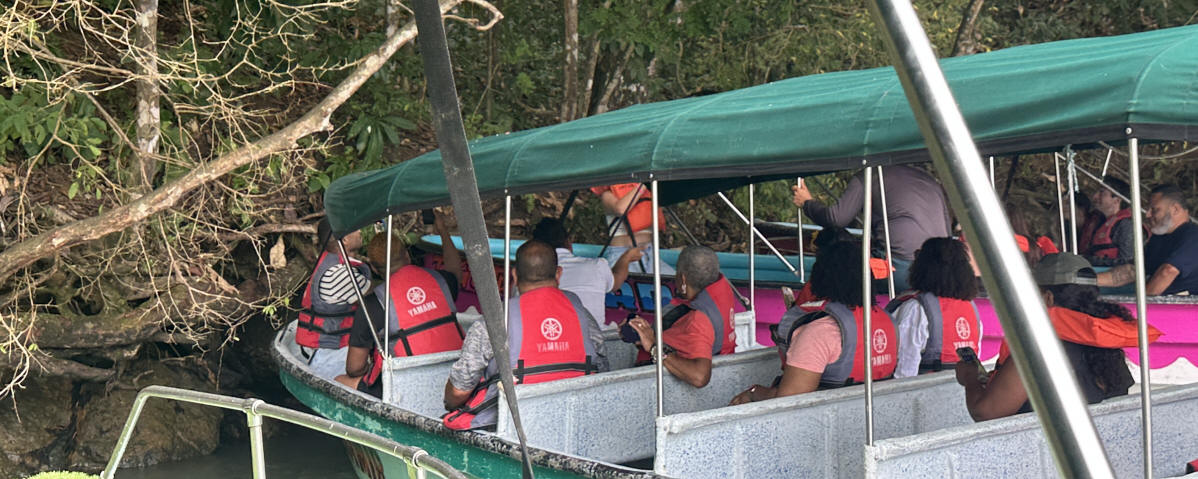
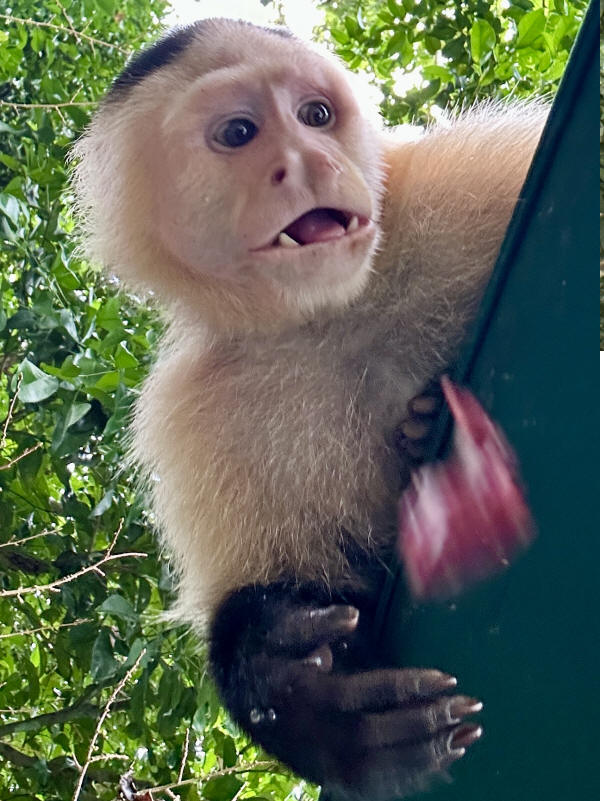 |
|
And our final day, we did go to the Miraflores locks to see the (old) locks for ourselves (for reasons that are not clear, the new locks on the Pacific / Panama City side are not easily accessible for tours; you have to go to the Atlantic side for that).
